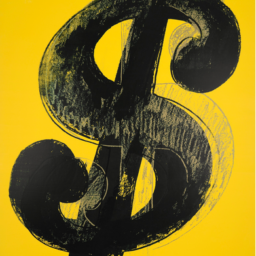Analysis
Recent IRS Ruling Could Give Younger Art Collectors a Much Better Tax Break
A small change may have big tax benefits.

An Internal Revenue Service rule change enacted this past summer opened an advantageous tax strategy for art collectors, according to a Forbes postthis morning penned by art law specialists Diana Wierbicki and Paul Roy.
Sales of art and collectibles carry one of the highest tax rates, with a 28 percent long-term capital gains rate attached. One strategy that is popular among collectors are what is known as charitable remainder trusts (CRTs). These can be further set up or classified as CRUTs (charitable remainder unit trust) or CRATs (charitable remainder annuity trust).
Under this structure, art (or other property) is transferred to the trust. The CRT is essentially a “split interest”-giving vehicle that allows a collector to make contributions to the trust and be eligible for a partial tax deduction, based on the CRT’s assets that will pass to charitable beneficiaries. A collector can name him or herself, or someone else to receive a potential income stream.
Before August, it was “difficult, if not impossible,” the authors note, for “those under the age of 74 to create” an annuity trust structure because of what is known as a Probability of Exhaustion Test. “Under that test, if the probability of exhausting the entire trust fund before the charity receives it’s share is greater than 5%, the CRAT would not qualify. (By definition, a CRUT, which pays only a percentage of what’s in the trust each year, can be designed so it won’t run out of assets.)”
Now, the IRS Revenue Procedure 2016-42 offers “an alternative test.” The so-called “revenue procedure” opened the door to long-term CRAT planning for donors under the age 74 by providing a safe harbor provision that can be included in CRAT instruments to satisfy the IRS requirements.
Wierbicki and Roy also note the impact of federal interest rates, and potential hikes ahead, saying: “CRTs are tax-exempt so the tax deferral benefit is greater when tax rates are high. Additionally, charitable remainder annuity trusts for art and collectibles become a more attractive structure as interest rates rise. That’s because higher interest rates translate into a larger tax deduction for donors, which increases the tax benefits of using a remainder trust.”
The future is in Janet Yellen’s hands.

Follow artnet News on Facebook:
Want to stay ahead of the art world? Subscribe to our newsletter to get the breaking news, eye-opening interviews, and incisive critical takes that drive the conversation forward.
SHARE
Article topics



No comments:
Post a Comment